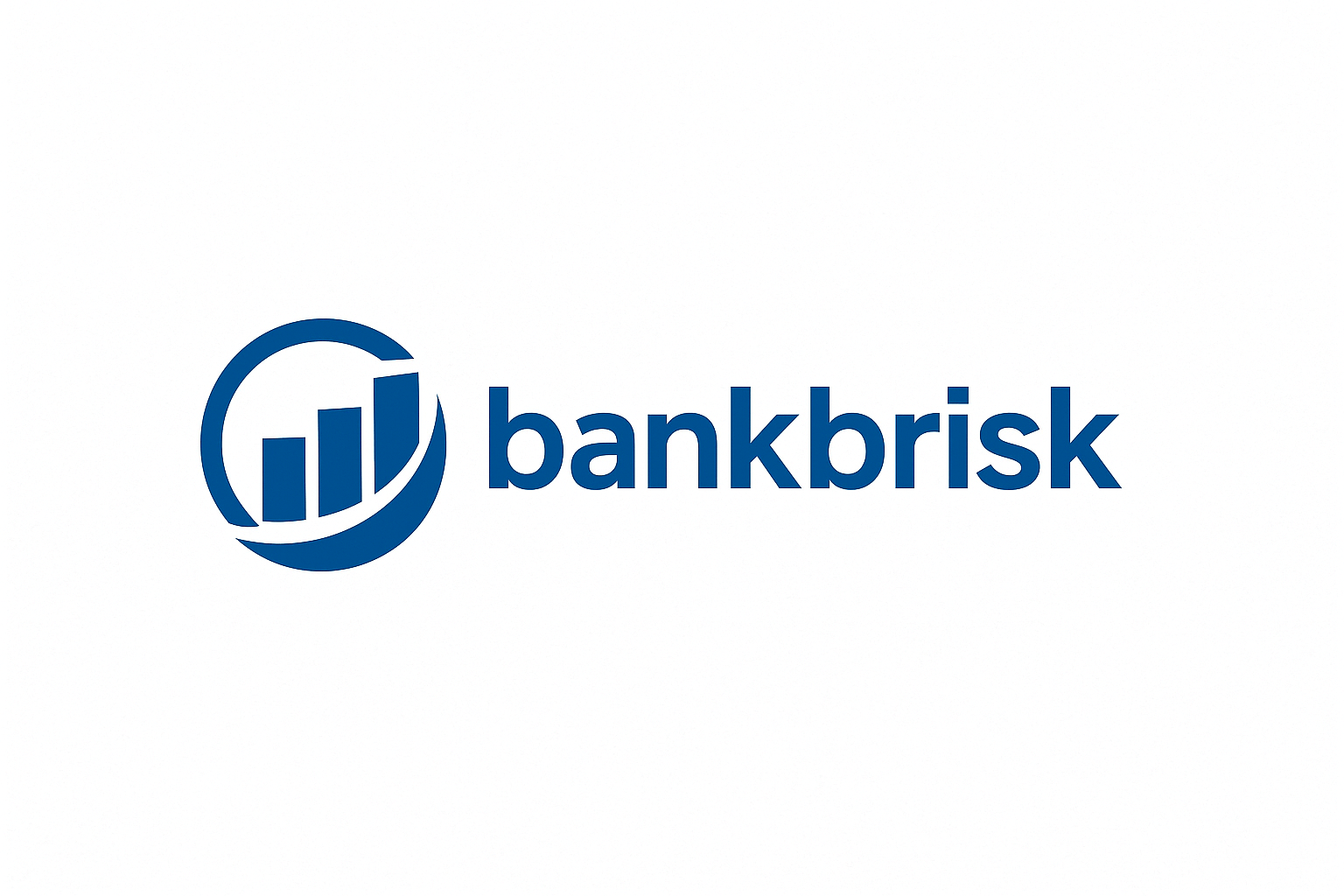Plan your future wealth. Use our Investment Calculator to estimate returns, compare growth rates, and make smarter investment choices.
Investment Calculator
Calculate your potential investment growth with compound interest
About Investing and Compound Interest
Understanding Compound Interest
Compound interest is the addition of interest to the principal sum of a loan or deposit, or in other words, interest on principal plus interest. It is the result of reinvesting interest, rather than paying it out, so that interest in the next period is then earned on the principal sum plus previously accumulated interest.
Albert Einstein reportedly called compound interest “the eighth wonder of the world” and “the most powerful force in the universe.” This financial concept is the foundation of wealth building and demonstrates how money can grow exponentially over time.
Compound Interest Formula
The future value of an investment with regular contributions and compound interest is calculated using the formula:
Where:
- A = Future value of the investment
- P = Principal investment amount
- r = Annual interest rate (in decimal form)
- n = Number of times interest is compounded per year
- t = Time the money is invested for (in years)
- PMT = Regular contribution amount
The Power of Starting Early
Time is the most critical factor in investment growth due to the power of compound interest. Starting to invest early allows your money more time to grow and compound. For example:
- Investor A invests $5,000 annually from age 25 to 35 (10 years) and then stops contributing. Assuming a 7% annual return, their investment grows to approximately $602,070 by age 65.
- Investor B waits until age 35 to start investing $5,000 annually and continues until age 65 (30 years). With the same 7% return, their investment grows to approximately $505,365 by age 65.
Despite investing for only 10 years compared to 30 years, Investor A ends up with nearly $100,000 more than Investor B, demonstrating the incredible power of starting early.
Effect of Compounding Frequency
The frequency of compounding significantly impacts your investment growth. The more frequently interest is compounded, the faster your investment grows. For example, with a $10,000 investment at 8% annual interest:
- Annual Compounding: $21,589 after 10 years
- Quarterly Compounding: $22,080 after 10 years
- Monthly Compounding: $22,196 after 10 years
- Daily Compounding: $22,253 after 10 years
While the differences may seem small in the short term, they become substantial over longer investment horizons.
Inflation and Real Returns
Inflation is the rate at which the general level of prices for goods and services is rising, and subsequently, purchasing power is falling. When calculating investment returns, it’s important to consider inflation to understand the real purchasing power of your money in the future.
The real rate of return is the annual percentage of profit earned on an investment, adjusted for inflation. The formula is:
For example, if your investment earns 7% annually and inflation is 2.5%, your real rate of return is approximately 4.39%. This means your purchasing power increases by 4.39% each year, not 7%.
Investment Strategies
Different investment strategies suit different goals, time horizons, and risk tolerances:
- Buy and Hold: A long-term strategy where investors buy securities and hold them for an extended period, regardless of market fluctuations.
- Dollar-Cost Averaging: Investing a fixed amount of money at regular intervals, regardless of market conditions, to reduce the impact of volatility.
- Value Investing: Selecting stocks that appear to be trading for less than their intrinsic or book value.
- Growth Investing: Focusing on companies that are expected to grow at an above-average rate compared to their industry or the overall market.
- Index Investing: Investing in index funds that track market indices like the S&P 500, offering broad market exposure with low fees.
Risk vs. Return
The relationship between risk and return is fundamental to investing. Generally, higher potential returns come with higher risk. Understanding your risk tolerance is crucial for selecting appropriate investments:
- Low Risk: Government bonds, high-quality corporate bonds, money market funds. Lower potential returns but greater capital preservation.
- Medium Risk: Blue-chip stocks, balanced mutual funds, real estate. Moderate potential returns with moderate risk.
- High Risk: Emerging market stocks, small-cap stocks, cryptocurrencies, speculative investments. Higher potential returns but greater risk of loss.
A well-diversified portfolio typically includes a mix of investments across the risk spectrum, aligned with your financial goals, time horizon, and risk tolerance.
Diversification
Diversification is a risk management strategy that mixes a wide variety of investments within a portfolio. The rationale behind this technique contends that a portfolio constructed of different kinds of investments will, on average, yield higher long-term returns and pose a lower risk than any individual investment found within the portfolio.
Diversification can be achieved by:
- Investing across different asset classes (stocks, bonds, real estate, commodities)
- Spreading investments across various industries and sectors
- Investing in different geographic regions
- Including both growth and value investments
The goal of diversification is not necessarily to boost performance—it won’t ensure gains or guarantee against losses—but it can help manage risk and reduce the volatility of an asset’s price movements.
Tax Considerations in Investing
Taxes can significantly impact your investment returns. Understanding the tax implications of different investment accounts and strategies is essential:
- Taxable Accounts: Standard brokerage accounts where investment gains are subject to capital gains taxes. Short-term gains (held less than a year) are taxed at ordinary income rates, while long-term gains (held more than a year) are taxed at preferential rates.
- Tax-Advantaged Accounts: Accounts like 401(k)s, IRAs, and HSAs offer tax benefits that can enhance investment growth. Contributions to traditional accounts may be tax-deductible, while Roth accounts offer tax-free growth and withdrawals.
- Tax-Loss Harvesting: Selling investments at a loss to offset capital gains and reduce taxable income.
- Asset Location: Holding less tax-efficient investments (like bonds) in tax-advantaged accounts and more tax-efficient investments (like stocks) in taxable accounts.
